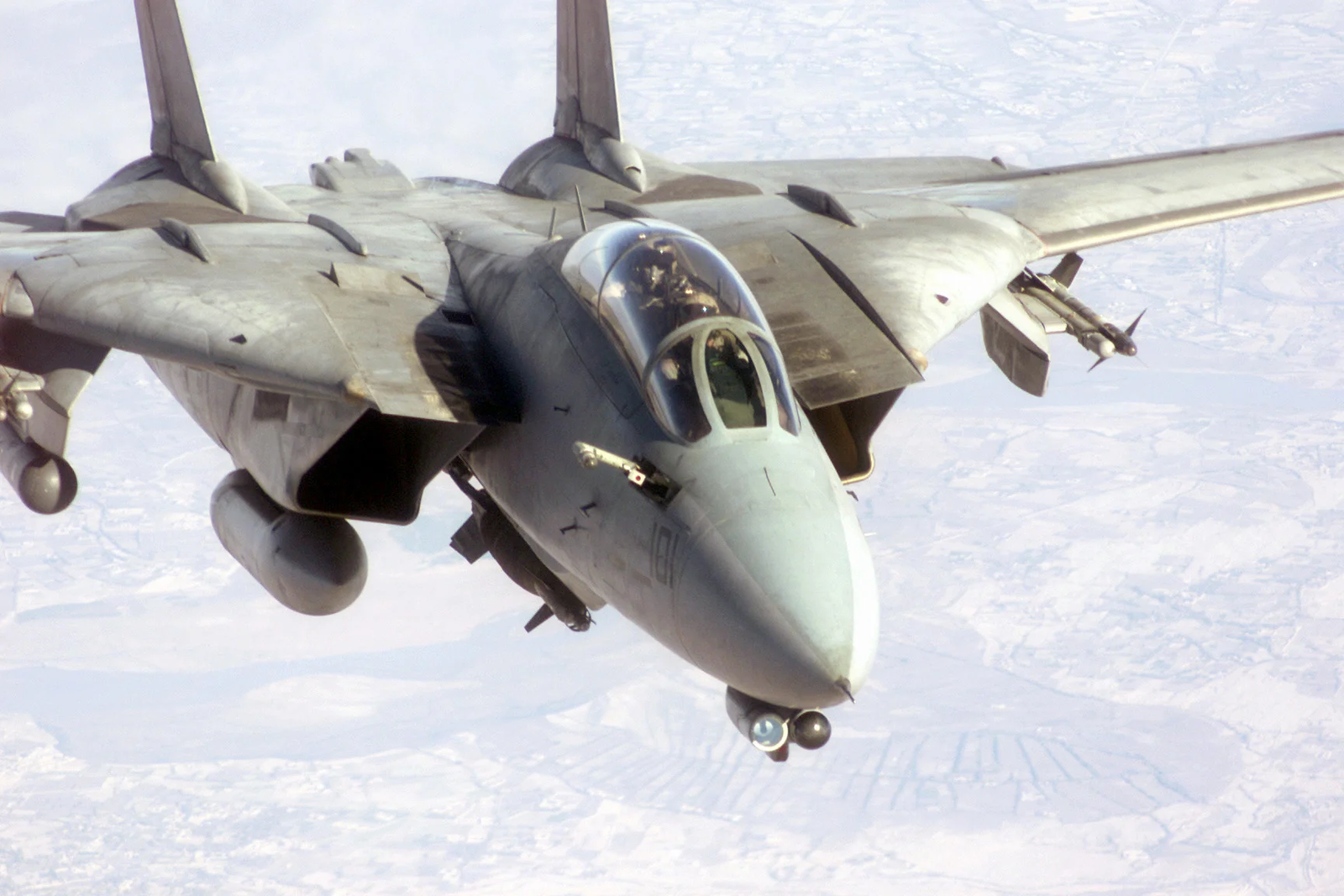
Few planes in history are as easily recognizable or iconic as the F-14 Tomcat. Variable-sweep wings and twin engines helped make it an engineering marvel, an icon of American naval supremacy, and a pop culture phenomenon. When the Navy retired the Tomcat in 2006, it was closing out an era many felt was ending too soon, leaving an unanswered question about its capabilities and legacy that persists today.

The F-14 was designed with one very particular mission: defending the carrier strike forces of the Cold War period against the threat of long-range bombers. The enemy bombers, which were armed with large missiles, posed a significant threat to fleet operations, and the Tomcat was designed to take that threat away.

Its swing-wing configuration rendered it highly adaptable, capable of reaching Mach 2-plus for intercept and stable enough for accurate carrier landings. Its twin heavy-duty engines provided over 27,000 pounds of thrust per engine, and its speed equaled the Air Force’s fastest fighters and even exceeded the sheer speed of subsequent naval fighters such as the F/A-18 Super Hornet and the F-35.

Speed, however, was only part of what the Tomcat was. Its true power lay in range and reach. Armed with the AIM-54 Phoenix missile, it could engage targets more than 100 miles out, with the unusual capability to destroy threats before they got close to the fleet. In its prime years, this range standoff was a precious asset. Sophisticated radar, avionics, and the two-man cockpit crew—a pilot and radar intercept officer—enabled the Tomcat to detect, target, and engage a variety of high-threat targets at a distance from the carrier.

The F-14 was retired due to a plethora of reasons. Its airframes were getting old, maintaining them cost too much, and its intricate systems needed constant maintenance. With the Cold War over and mass bomber threats declining, the Navy gravitated toward multirole fighters such as the F/A-18, easier to maintain and better suited to accomplish various missions. Missile technology, radar, and net warfare advancements were seen as a partial replacement for the Tomcat.

Yet the lack of the F-14 is noticeable. The F/A-18 is able, but it cannot match the Tomcat’s blend of speed, range, and distant engagement. The F-22, although quick, was not built for carrier operation, and the F-35, while stealthy and sensor-equipped, can’t compare to the high-speed, extended-range interception the Tomcat could do.

Perhaps the biggest loss is that unique standoff interceptor capability—to destroy missile-armed bombers at range without overdependence on layered systems. New vehicles such as long-range missiles and high-tech early warning radars plug some holes, but none of them can match Tomcat’s incredible synergy of speed, range, and firepower.

The two-macockpit was also a plus in the ever-decreasing supply of newer aircraft. Automation enables a pilot to control more systems than ever, but having a radar intercept officer enables one crewman to dedicate himself solely to flying and leave the other to handle sensors, target, and tactical control—a package still valuable on some missions, even with unmanned aircraft hogging the headlines.

Could the F-14 have been upgraded to stay competitive? Perhaps. Long-lived planes like the B-52 and F/A-18 show that upgrades can keep an airframe flying for decades. The Tomcat itself saw upgrades leading to the F-14D with higher-powered engines, radar, and avionics. Supporters argue that more modernization—such as digital systems, stealth paint, and new munitions—could have kept it flying.

Detractors respond that maintenance requirements and visibility would have detracted from it being more effective in today’s battlespace. The F-14 lives on. Its design philosophy, operating effectiveness, and cultural history still inspire pilots, engineers, and air enthusiasts today. Speed, flexibility, and specialization lessons remain valid to fighter design today.

Ultimately, it was a question of strategic trade-offs. The Navy gave up the highly specialized interceptor for a more diversified force, making compromises along the way. Whether that was a good trade-off or not is questionable—not out of nostalgia, but because the Tomcat was a capability that never has been replaced to satisfaction. In a world of uncertainty, that deficit is still significant.
